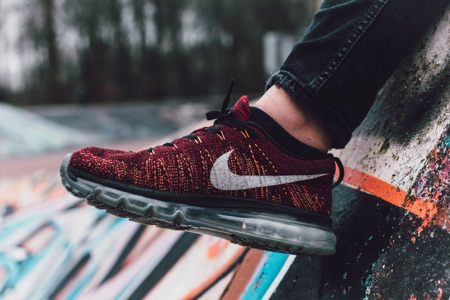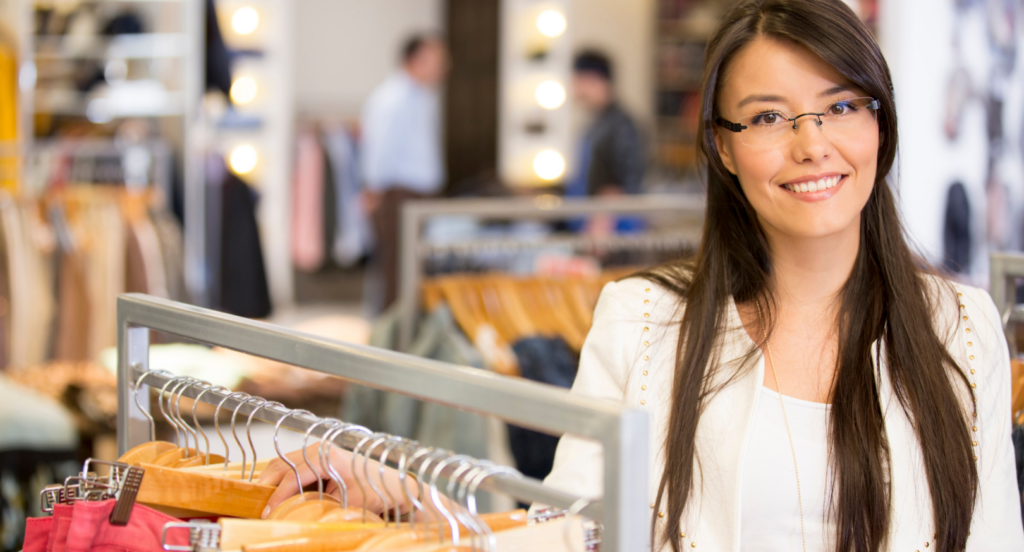Pearl reviewed TrendWatching’s report “Trends Reshaping Retail in 2019 and Beyond” and we’ve picked our favourites along with the implications for marketers.
1. Magic Point of Sale
Smartphones aren’t going anywhere, in fact consumers continue to expect more from their mobile experience. Personal assistants and smart speakers continue to advance. Consumers dependence on their mobile devices for instant answers and direction will not cease. In fact, AR is setting up expectations that brands need to be there when the consumer needs them.

With IKEA’s Place app customers can use AR to virtually view furniture in their homes before making a purchase.

Nike combined the power of AR and geolocation to run limited shoe drops. An innovative way to gamify the launch process and drive engagement.
What Does This Mean For Marketers?
This is an opportunity to improve engagement with your brand. Make it easy for consumers to connect with your brand and find innovative approaches to delight your consumers when they want to browse or purchase. Website design and customer experience are key.
2. Culture Clubs
In this age of transparency, a company’s internal culture is becoming more visible and ever more important to consumers. Consumers will continue to seek out, engage with and recommend brands that build better internal cultures for their own people.

Companies such as Lowe’s and Taco Bell, offer programs to subsidize employee’s educational costs.

A Brazilian retailer introduced an anonymous helpline to allow employees to report cases of domestic abuse.
What Does This Mean For Marketers?
Aim to create a culture that attracts and retains staff. Company cultures that deliver to a higher purpose, particularly when it comes to improving the lives of their employees, will fair well. It’s not only the right thing to do, but it makes economic sense. Consumers who feel aligned to a company’s values will be more loyal to the company and may also become consumer advocates.
3. Practical Post-Demographics
Consumers want brands to go beyond just using diverse actors in their marketing efforts. They want to see brands actually meeting the needs of truly diverse segments of people. Big brands are starting to realize this, as many of them are moving to incorporate inclusivity messaging into some of their campaigns. Inclusivity is becoming the new norm.

A UK coffee chain is tackling adult loneliness by creating spaces where people can feel safe and welcome to strike up conversation.

In celebration of World Autism Day, the NBA flagship store reopened its doors as the first sensory-inclusive retail store in the world.
What Does This Mean For Marketers?
This is an opportunity for brands to target new consumer segments. Re thinking your product, service, physical space and even your engagement stance can help bring in new consumers. The goal is to deeply understand how these marginalized groups feel when you engage with them and to identify what can be eliminated or optimized to serve them better.
Read more from Pearl…
Source: Trendwatching, “Trends Reshaping Retail in 2019 and Beyond “




